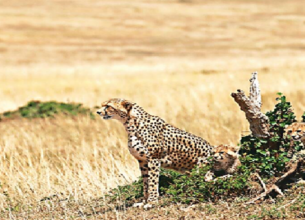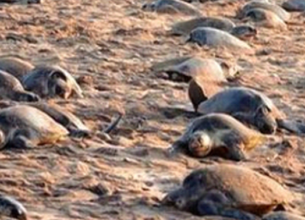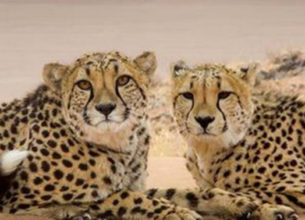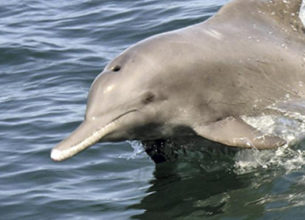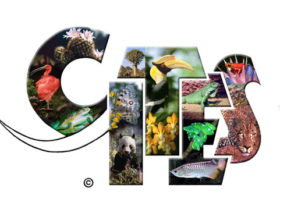PLANT 25 TREES FOR KILLING 25 VULTURES, GAUHATI HIGH COURT TELLS ASSAM MAN
02, Jun 2019
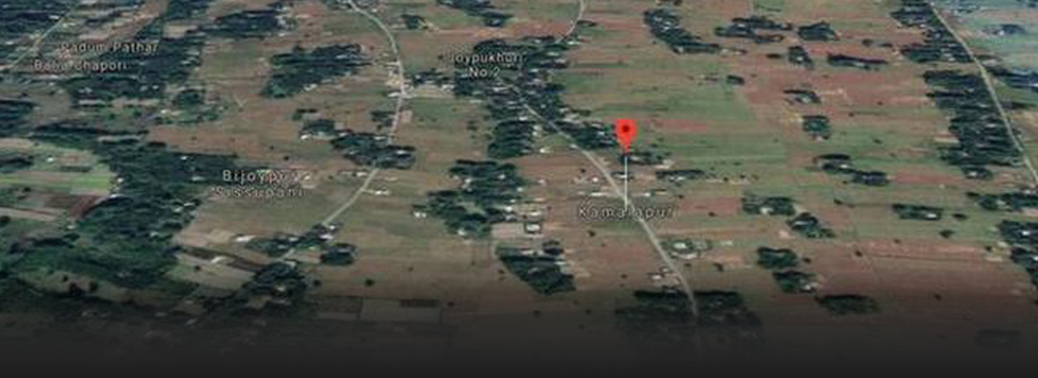
Prelims level : Biodiversity and its threat
Mains level : Conservation, environmental pollution and degradation, environmental impact assessment.
Why in news:
- The Gauhati High Court has ordered a villager in Assam to plant and take care of 25 trees as punishment for poisoning as many vultures to death.
Details:
- The State Forest Department had filed a case against Dhanpati Das of Kamalpur, for lacing a goat carcass with pesticide that killed the 25 rare vultures.
- The High Court granted bail to Das after he had spent 28 days in custody under Section 429 of IPC (mischief by killing, poisoning, maiming animals or rendering them useless) and Section 51(a) of the Wildlife (Protection) Act.
Wildlife Protection Act, 1972
- The act provides for the protection of wild animals, birds and plants and matters connected with them, with a view to ensure the ecological and environmental security of India. Extends to the whole of India, except the State of Jammu and Kashmir which has its own wildlife act. It provides for prohibition on use of animal traps except under certain circumstances
- It provides for protection of hunting rights of the Scheduled Tribes in Andaman and Nicobar Islands
- Has provisions for the Convention on International Trade in Endangered Species of Wild Fauna and Flora (CITES)
- It has six schedules which give varying degrees of protection
- Species listed in Schedule I and part II of Schedule II get absolute protection —offences under these are prescribed the highest penalties
- Species listed in Schedule III and Schedule IV are also protected, but the penalties are much lower. Schedule V includes the animals which may be hunted
- The plants in Schedule VI are prohibited from cultivation and planting
- The act constitutes a National Board for Wildlife that
- provides guidelines for framing policies and advising Central and State Government on promotion of wildlife conservation and controlling poaching and illegal trade of wildlife and its products;
- Making recommendations for setting up and managing national parks, sanctuaries and other protected areas; and
- Suggesting measures for improvement of wildlife
Sanctuaries:
- The State or Central Government may by notification declare its intention to constitute any area as a sanctuary for protecting wildlife and the environment. The government
- determines the nature and extent of rights of persons in or over the land within the sanctuary.
National Parks:
- The State or Central Government may declare an area, whether inside a sanctuary or not, as a national park for the purpose of protecting and developing wildlife and its environment. The State Government cannot alter the boundaries of a national park except on the recommendation of the National Board for Wildlife.
- No grazing is allowed inside a national park.
Conservation Reserves:
- The State Government after consultations with local communities can declare any area owned by the Government, particularly areas adjacent to national parks or sanctuaries, as conservation reserves. The government constitutes a Conservation Reserve Management Committee to manage and conserve the conservation reserve.
Community Reserves:
- The State Government can, in consultation with the community or an individual who have volunteered to conserve wildlife, declare any private or community land as community reserve. A Community Reserve Management Committee shall be constituted by State Government for conserving and managing the reserve.
Tiger Reserve:
- These areas were reserved for protection tiger in the country. The State Government on the recommendation of the Tiger Conservation Authority may notify an area as a tiger reserve, for which it has to prepare a Tiger Conservation Plan.
Indian Vulture Crisis
- India is most favourable region for Vultures: Hindus do not eat cows, which they consider sacred, and when a cow dies, it is left to be fed on by vultures. India has a high species diversity and hence vultures get lot of food.
- Nine species of vulture can be found living in India. But today, most are in danger of extinction due to a veterinary drug called diclofenac (vultures do not have a particular enzyme to break down diclofenac).
Diclofenac
- Diclofenac is a common anti-inflammatory drug administered to livestock and is used to treat the symptoms of inflammation, fevers and/or pain associated with disease or wounds.
- Diclofenac leads to renal failure in vultures damaging their excretory system [direct inhibition of uric acid secretion in vultures].
- Gyps species were the most affected by diclofenac.
- The population of the White-rumped vulture (Gyps bengalensis) fell 99.7% between 1993 and 2002. The populations of the Indian vulture (Gyps indicus) and the slender-billed vulture (Gyps tenuirostris) fell 97.4%.
- The percentages differ slightly because the white-rumped vulture is more sensitive to diclofenac than the other two species, but all three were in danger of extinction.
- Two other species of Gyps, the Himalayan vulture (Gyps himalayensis) and the Eurasian griffon (Gyps fulvus) were less affected because they come to India only in winters
- They are exclusively mountain-dwelling and hence less vulnerable to diclofenac contamination. Vulture populations have continued to decline in India at a rate of between 20% and 40% each year since 2007.



